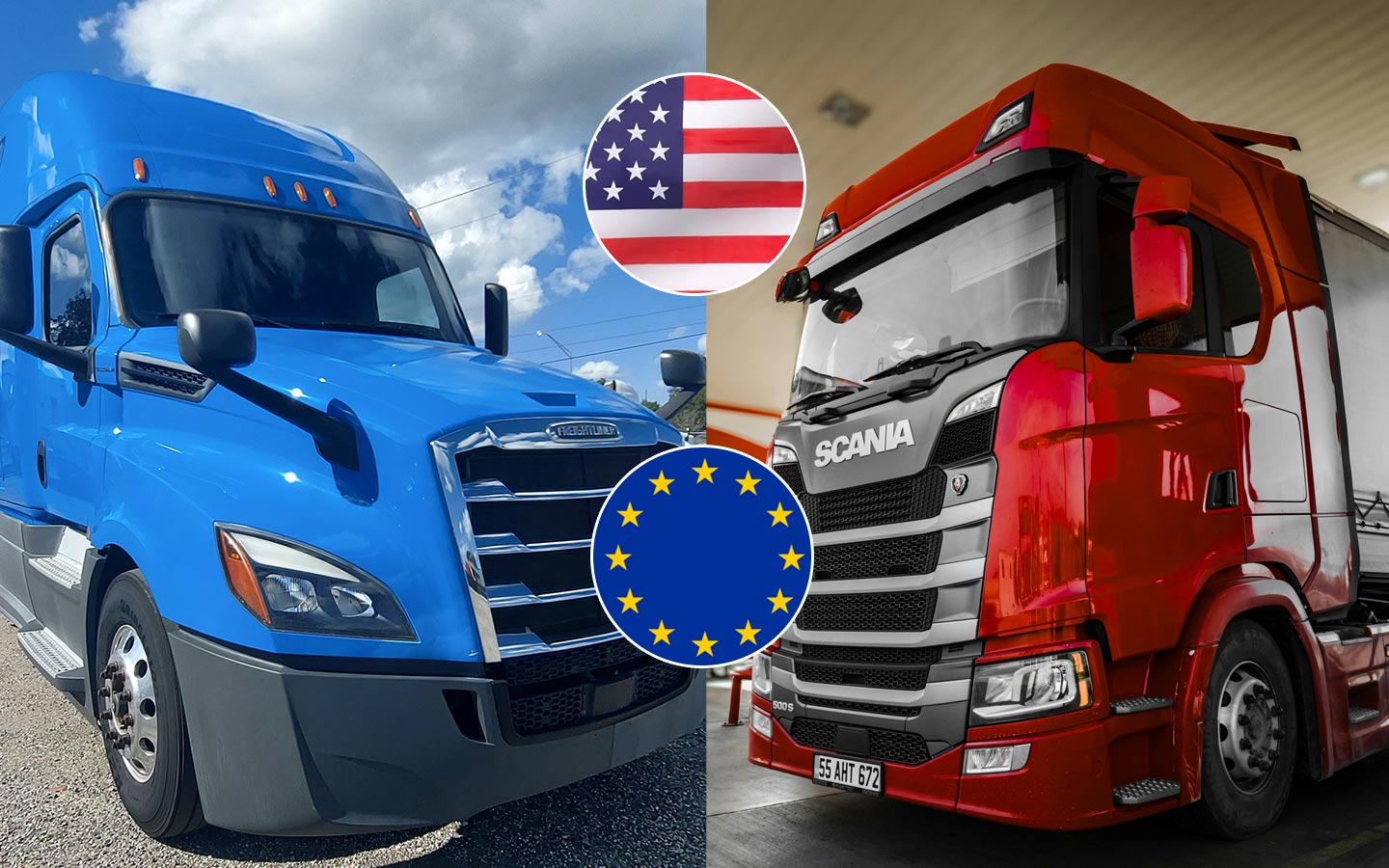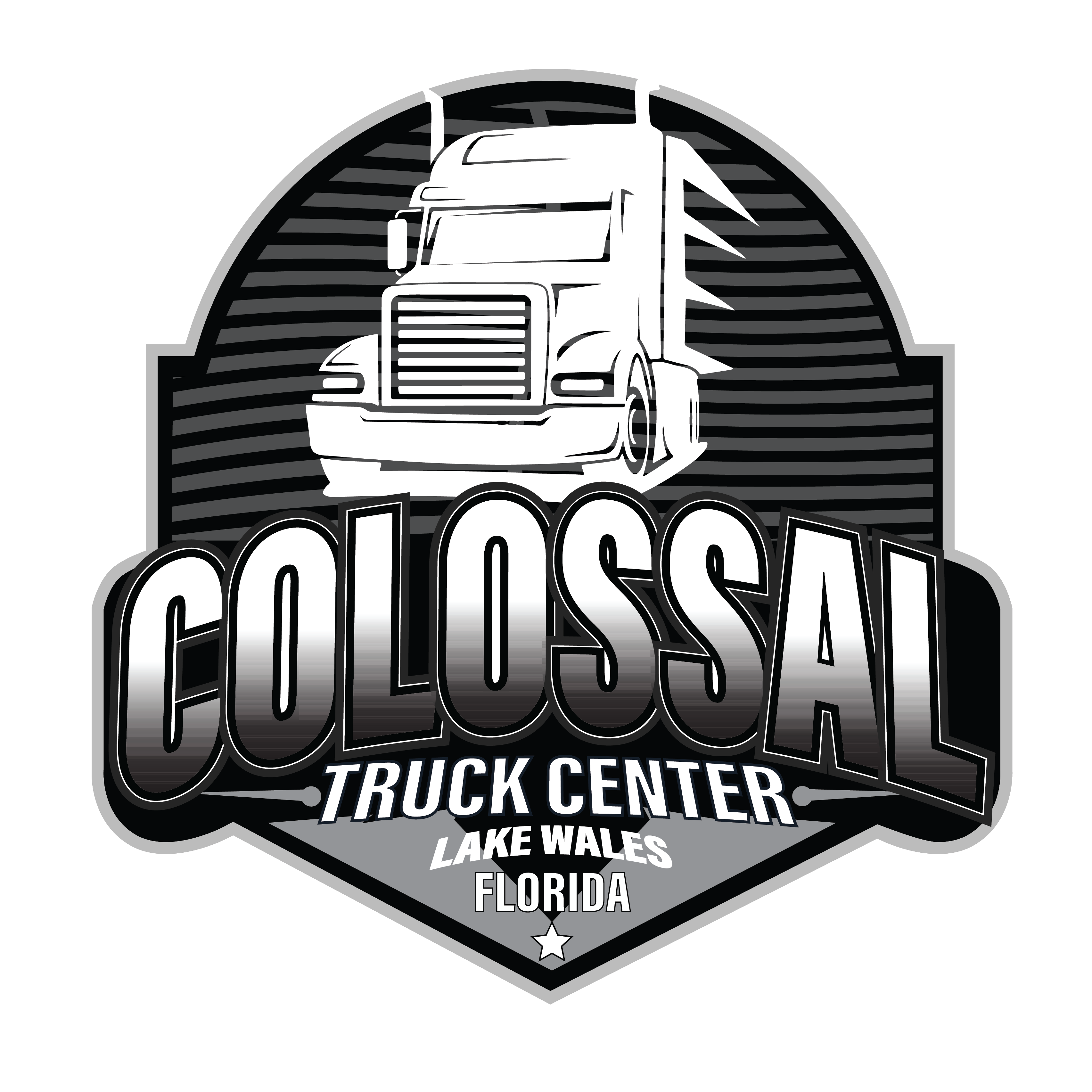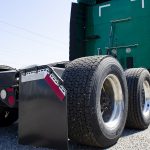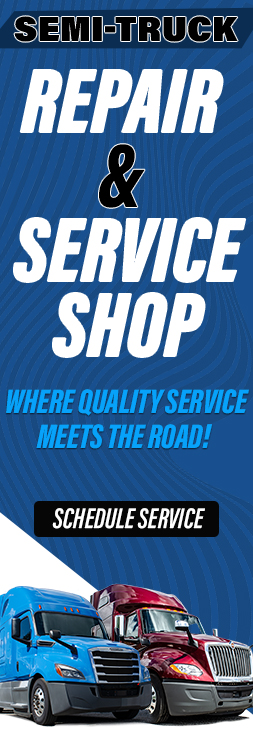

8 Key Differences Between US Class 8 Semi Trucks and European Lorries
These differences highlight the diverse approach to the trucking industry across the Atlantic.
The trucking industry is vital to both the American and European economies, playing a crucial role in the transportation of goods. However, there are significant differences between US Class 8 semi trucks and European lorries (also known as HGVs—heavy goods vehicles)
These differences stem from varying regulations, road infrastructure, and industry practices. The differences between US Class 8 semi trucks and European lorries reflect the unique challenges and requirements of each region’s trucking industry.
1. Size and Dimensions
One of the most noticeable differences is the size and dimensions of the trucks. US Class 8 semi trucks are generally larger and longer than European lorries. In the US, the maximum length for a combination of truck and trailer can be up to 80 feet (24.4 meters) or more, depending on the state. In contrast, European regulations typically restrict the length to around 18.75 meters (61.5 feet) for a truck and trailer combination. This size difference is primarily due to the broader and more spacious road infrastructure in the US compared to the narrower and more congested European roads.
• US: The Federal Highway Administration (FHWA) allows a maximum vehicle length of 80 feet (24.4 meters).
• Europe: The EU Directive 96/53/EC restricts the maximum vehicle length to 18.75 meters (61.5 feet).
2. Cab Design
The cab design differs significantly between US and European trucks. US trucks typically feature a long-nose or conventional cab design, where the engine is located in front of the cab. This design provides a more comfortable ride and better aerodynamics for long-distance hauling. European trucks, on the other hand, often use a cab-over-engine (COE) design, where the cab is situated above the engine. This design maximizes the length available for the trailer, which is crucial given the stricter length regulations in Europe. COE trucks also offer better maneuverability, which is beneficial for navigating narrower European roads and urban areas.
• US: Conventional cab design with the engine in front.
• Europe: Cab-over-engine design for better maneuverability and maximum trailer length.
3. Powertrain and Performance
US and European trucks also differ in terms of powertrain and performance. US Class 8 trucks typically have larger engines with higher horsepower, often exceeding 600 hp, to handle the vast distances and varied terrain of North America. European trucks generally have smaller engines, with power outputs ranging between 400 to 500 hp, which are more fuel-efficient and suited for the shorter distances and frequent stops common in Europe.
• US: Engines with 500-600+ hp (e.g., Cummins X15 with up to 605 hp).
• Europe: Engines with 400-500 hp (e.g., Volvo FH with up to 540 hp).
4. Fuel Efficiency and Emissions Standards
Fuel efficiency and emissions standards are more stringent in Europe than in the US. European Union regulations, such as the Euro 6 standard, impose strict limits on nitrogen oxide (NOx) and particulate matter emissions. As a result, European trucks are equipped with advanced emissions control technologies, including selective catalytic reduction (SCR) and diesel particulate filters (DPF). While the US has similar regulations under the Environmental Protection Agency (EPA), the standards are generally less stringent, leading to differences in engine design and emissions control technologies.
• US: EPA regulations, with newer trucks meeting EPA 2010 standards.
• Europe: Euro 6 standard, reducing NOx emissions by 80% compared to Euro 5.
5. Trailer Types and Configurations
The types and configurations of trailers also differ between the two regions. In the US, the most common trailer is the 53-foot dry van, which is widely used for general freight. Other popular trailer types include refrigerated trailers (reefers), flatbeds, and tankers. In Europe, trailers are typically shorter, with the maximum length for a semi-trailer being around 13.6 meters (44.6 feet). Additionally, Europe has a higher prevalence of specialized trailers, such as curtain-sided trailers and demountable containers, which offer greater flexibility for different types of cargo and loading methods.
• US: 53-foot dry van trailers are standard.
• Europe: 13.6-meter (44.6 feet) semi-trailers are common.
6. Driver Comfort and Amenities
Driver comfort and amenities vary significantly between US and European trucks. US trucks, with their larger cabs, often provide more space and comfort for drivers, especially those on long-haul routes. Features such as spacious sleeper berths, refrigerators, microwaves, and even small entertainment systems are common in US trucks. European trucks, with their cab-over-engine design, have more compact cabs, but they are designed to maximize space efficiency. Despite the smaller size, many European trucks are equipped with high-quality interiors, comfortable bunks, and advanced driver assistance systems to ensure driver comfort and safety.
• US: Larger sleeper cabs with more amenities.
• Europe: Compact but efficient cab designs with high-quality interiors.
7. Regulatory Environment
The regulatory environment for trucking is another area of difference. In the US, trucking regulations can vary significantly from state to state, leading to a complex regulatory landscape that truckers must navigate. In contrast, Europe has more standardized regulations across member countries of the European Union, thanks to the harmonization of laws under EU directives. This standardization simplifies cross-border trucking within Europe, although individual countries may still have specific regulations regarding road use, tolls, and driving hours.
• US: Varied regulations across states (e.g., California’s stricter emissions laws).
• Europe: Harmonized regulations under EU directives (e.g., Regulation (EC) No 561/2006 on driving hours).
Technological Advancements
Both US and European trucks are incorporating advanced technologies, but there are differences in focus and adoption rates. European trucks are often at the forefront of adopting advanced driver assistance systems (ADAS), such as adaptive cruise control, lane-keeping assist, and automatic emergency braking. These technologies are driven by stringent safety regulations and a focus on reducing accidents. US trucks are also adopting these technologies, but there is a greater emphasis on telematics and connectivity solutions to optimize fleet management and logistics operations. Additionally, the US is seeing increased interest in electric and autonomous trucking, with companies like Tesla and Waymo leading the way.
• US: Emphasis on telematics and connectivity (e.g., Fleet Complete).
• Europe: Advanced driver assistance systems (e.g., Mercedes-Benz Actros with Active Drive Assist).
Colossal Truck Sales has you covered. Visit us at www.ColossalTruckSales.com, call us at 863-678-9400 or stop by at 2155 State Rd 60 West Lake Wales, FL 33859
Categories
- Cascadia 126 (2)
- European Lorries (1)
- European Semi Trucks (1)
- Financing used trucks (6)
- Finding the right truck (12)
- Freightliner Cascadia (2)
- Freightliner Engine (1)
- Freightliner Trucks (1)
- Freightliner Used Semi (1)
- Freightliner Used Semitruck (2)
- Maintained Semi Truck (2)
- Maintenance (2)
- Mileage a Year (2)
- Miles (2)
- Peterbilt Cummin (1)
- Peterbilt Engines (1)
- Peterbilt Semi Trucks (1)
- Repair Shop (1)
- Scania Semi Trucks (1)
- Semi Trucks (15)
- Semi Trucks Purchase (10)
- Traveling (3)
- Trucking Industry (16)
- Used or New Semi Truck (10)
- Used Trucks (10)
- Volvo D11 Engine (1)
- Volvo D13 Engine (1)
- Volvo Engine (1)
- Volvo Semi Truck Engine (1)
- Volvo Used Semi Truck (1)
Recent Posts
Popular Tags
Related posts


10 Crucial Considerations When Purchasing a Used Semi-Truck in 2024

The Powerhouses: Volvo's D11 and D13 Engines for Used Semi Trucks










